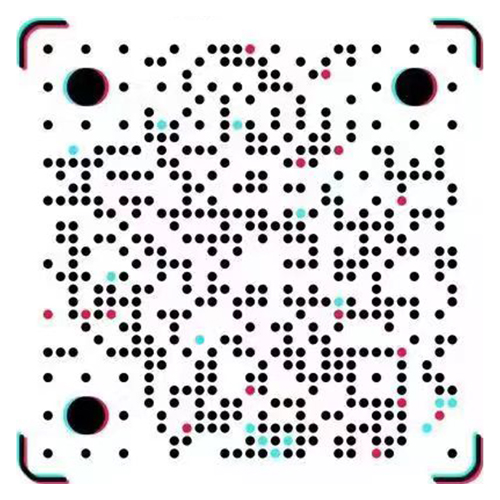Adaptive Reamer Design for Variable Fruit Sizes
The Citrus Juicer uses a precision-engineered reamer, often tapered, multi-conical, or spring-loaded, which automatically adjusts to accommodate varying diameters of citrus fruits. The geometry of the reamer allows smaller fruits such as limes or tangerines to contact only the narrower tip, while larger fruits like oranges or grapefruits engage the broader base. Some advanced models incorporate a vertically floating reamer, which moves along a guided track to maintain optimal pressure regardless of fruit size, ensuring complete contact between the pulp and reamer. This design allows for efficient juice extraction from every fruit type without the need for manual adjustments or interchangeable attachments. The tapered and conical geometry also minimizes mechanical stress on the motor and reduces slippage, ensuring smooth rotation and maximum yield.
Torque-Sensitive Motor Systems for Hardness Compensation
Citrus fruits vary not only in size but also in peel thickness and pulp density, which directly affects resistance during juicing. Modern Citrus Juicers employ torque-sensitive motors or electronically controlled speed-regulated systems that automatically adjust rotational speed and force in response to fruit resistance. Harder fruits, such as oranges with thick skins, trigger higher torque delivery to maintain efficient extraction, while softer fruits like mandarins require less force to avoid over-crushing. This dynamic adaptation prevents motor overload, reduces vibration, and avoids mechanical wear, while maintaining consistent juice flow and quality across a range of fruit hardness levels.
Floating or Pivoting Fruit Holders for Uniform Pressure Distribution
To further handle fruit variability, many Citrus Juicers incorporate floating or pivoting fruit holders. These holders allow fruits to self-align on the reamer under downward pressure. For harder fruits, the holder ensures even application of force across the pulp, maximizing juice yield without requiring manual repositioning. For softer fruits, the floating design prevents over-compression, reducing pulp contamination and preserving juice clarity. This mechanism allows the juicer to maintain uniform contact and pressure across fruits of different sizes and shapes, contributing to consistent extraction efficiency.
Adaptive Pulp Control and Filtration Systems
Juices from citrus fruits with varying hardness levels naturally contain different amounts of pulp and fiber. High-quality Citrus Juicers include adaptive strainer or filtration systems that automatically regulate pulp content. Harder fruits, which release more fiber and seeds, are filtered efficiently without clogging, while softer fruits produce smoother juice. Advanced designs may include adjustable mesh screens, centrifugal separation, or pressure-based filtering, which automatically adapt to pulp volume and fruit density. This ensures uniform juice texture and clarity without manual adjustments, even when processing mixed batches of fruits.
Automatic Oscillation or Reversal Mechanisms
Certain high-performance juicers feature automatic oscillation or bidirectional reamer rotation, where the reamer moves back and forth or reverses intermittently during operation. This ensures complete juice extraction from irregularly shaped or particularly hard fruits without the need for manual repositioning. Oscillation allows the reamer to engage all areas of the fruit pulp evenly, maximizing yield, reducing strain on the motor, and preventing uneven juice extraction. It also prevents localized over-compression, which could lead to excessive foam or pulp release.
Intelligent Fruit Feeding and Centering Systems
Many modern Citrus Juicers use gravity-assisted funnels, conical guides, or weight-sensitive plates that position the fruit naturally over the reamer. Combined with spring-loaded levers or pressure sensors, these systems automatically adjust to fruit size and hardness. This ensures the fruit is centrally aligned, pressed with optimal force, and rotated effectively without manual intervention. The design allows operators to process a variety of citrus fruits seamlessly, supporting continuous operation in both household and commercial environments.


 English
English 中文简体
中文简体 English
English 中文简体
中文简体
















